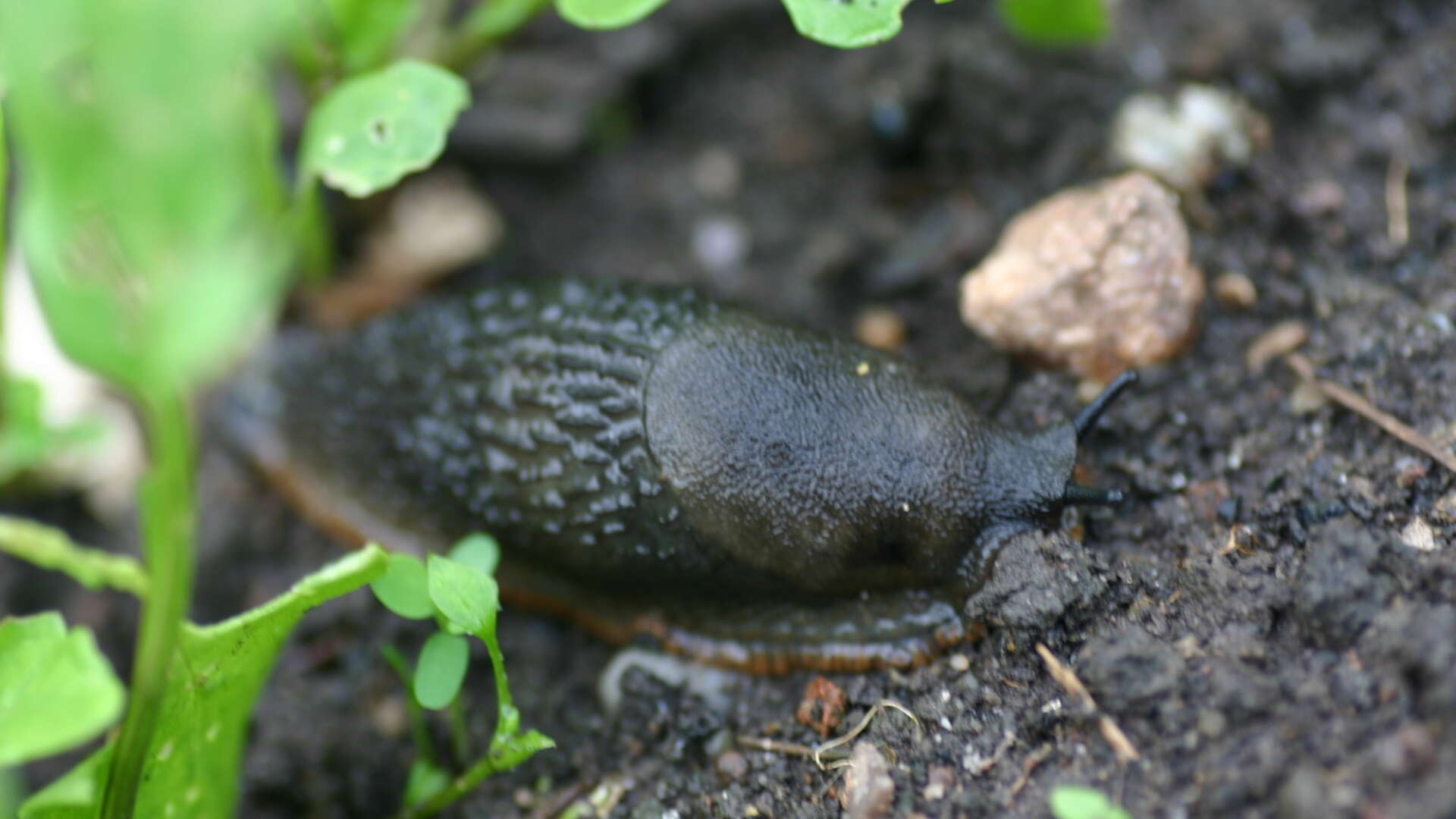Greenpeace publishes EU Pesticide Blacklist

This new edition of the Blacklist goes further than its predecessors. It also examines hazard evaluation, toxicity for aquatic and beneficial organisms, as well as half life (which indicates how long the chemical remains potent), leaching potential and volatility.
“The most dangerous pesticides for humans and the environment should disappear from the fields and from food,” says Christiane Huxdorff, coordinator of the campaign for ecological agriculture with Greenpeace Germany. “The blacklist must first of all serve as a guide to reduce, and finally replace, chemical and synthetic pesticides with ecologic and non-toxic alternatives.”
Here is a breakdown of how the 209 most toxic substances qualify:
- 111 pesticides qualify for direct inclusion as they satisfy one or more criteria deemed dangerous for human health – such as glyphosate , which was classified by World Health Organisation cancer experts as a probable carcinogen. See Glyphosate, the Debate.
- 62 pesticides are included for meeting criteria dangerous to the environment – such as neonicotinoid imidacloprid, which is known to be toxic to bees and beneficial insects. See Neonicotinoids.
- An additional 36 pesticides are listed because of their high overall score, combining different categories – such as the fungicide captan, which has carcinogenic and immunotoxic properties, and is known to be toxic to fish and other beneficial organisms.
Garden Organic supports this relevant and revealing publication. As an organic growing and campaigning charity, Garden Organic believes there is no place for chemicals in our gardens, farms and growing spaces. We thoroughly support the publication of this report from Greenpeace and it further boosts the campaigning work we do through our Fighting Fund.
To help support our work on this subject please find out more about our Fighting Fund and how to donate.
You can read Greenpeace’s full report here.